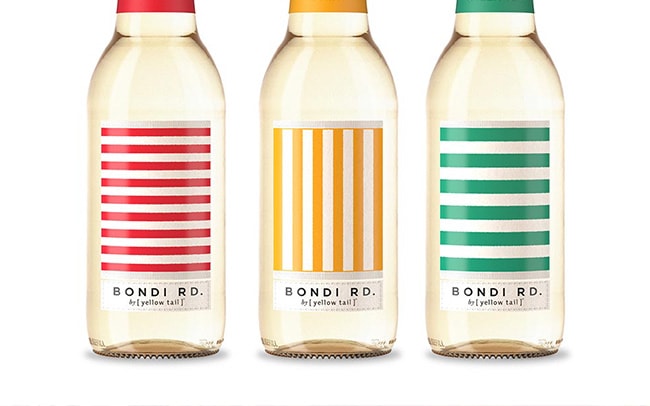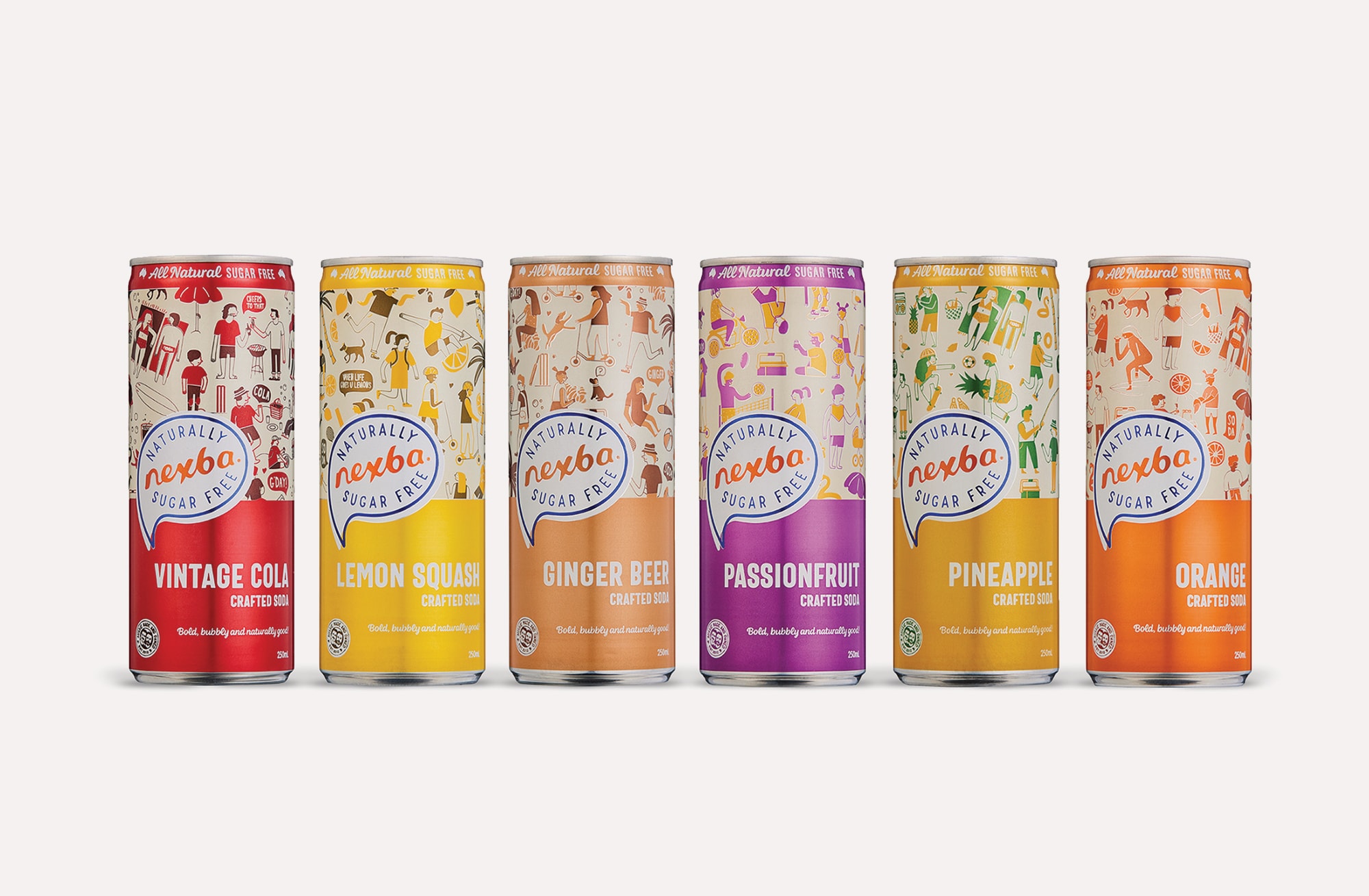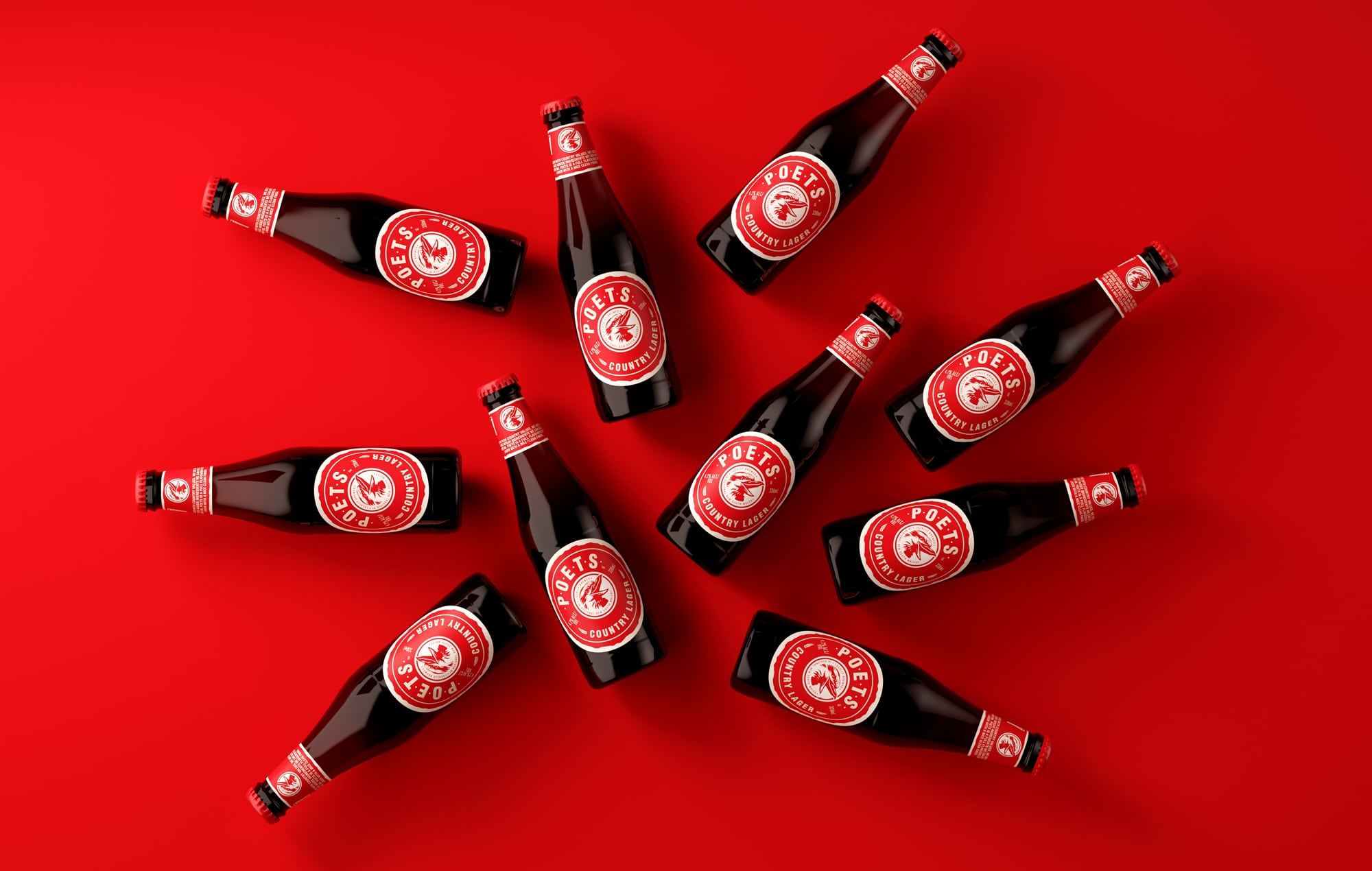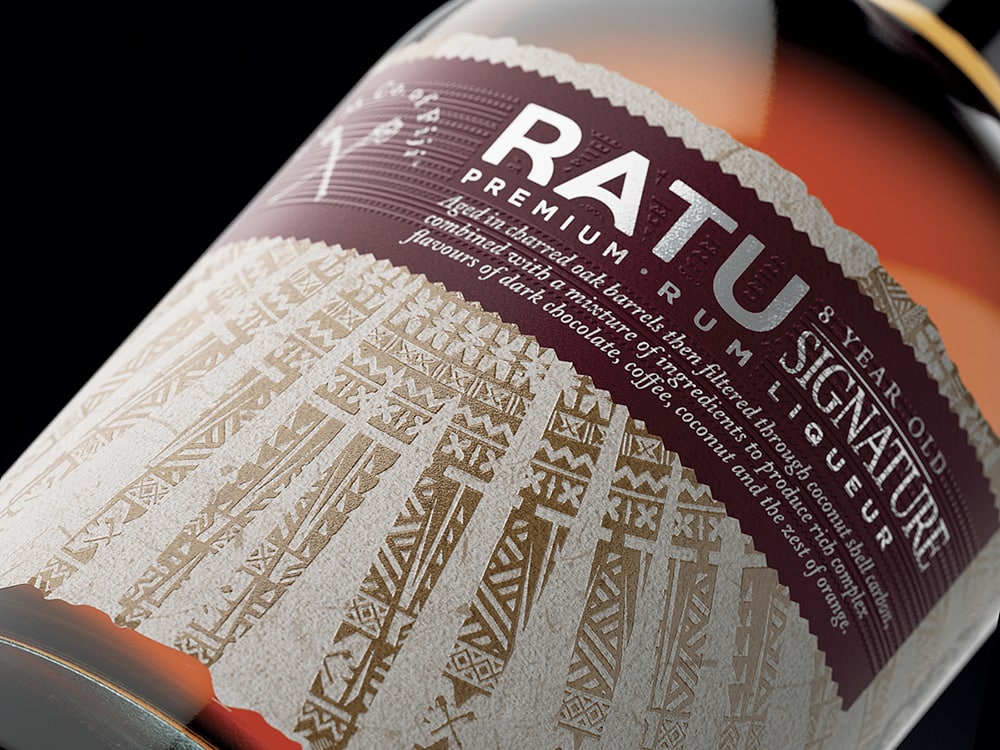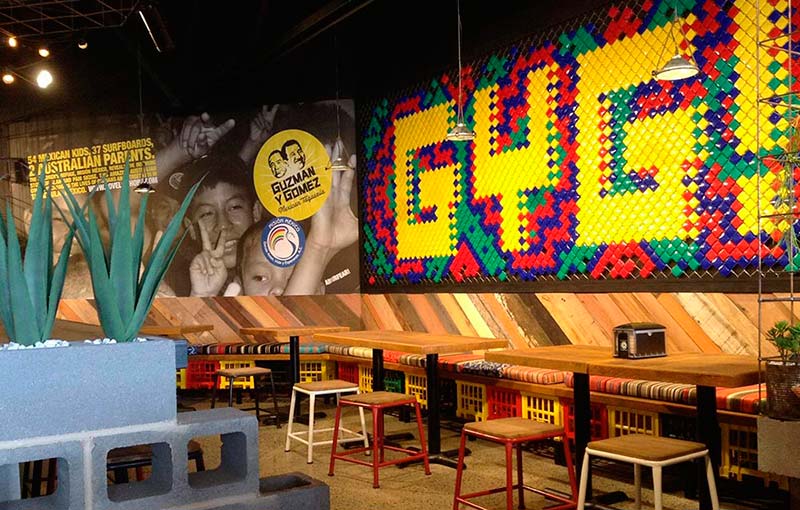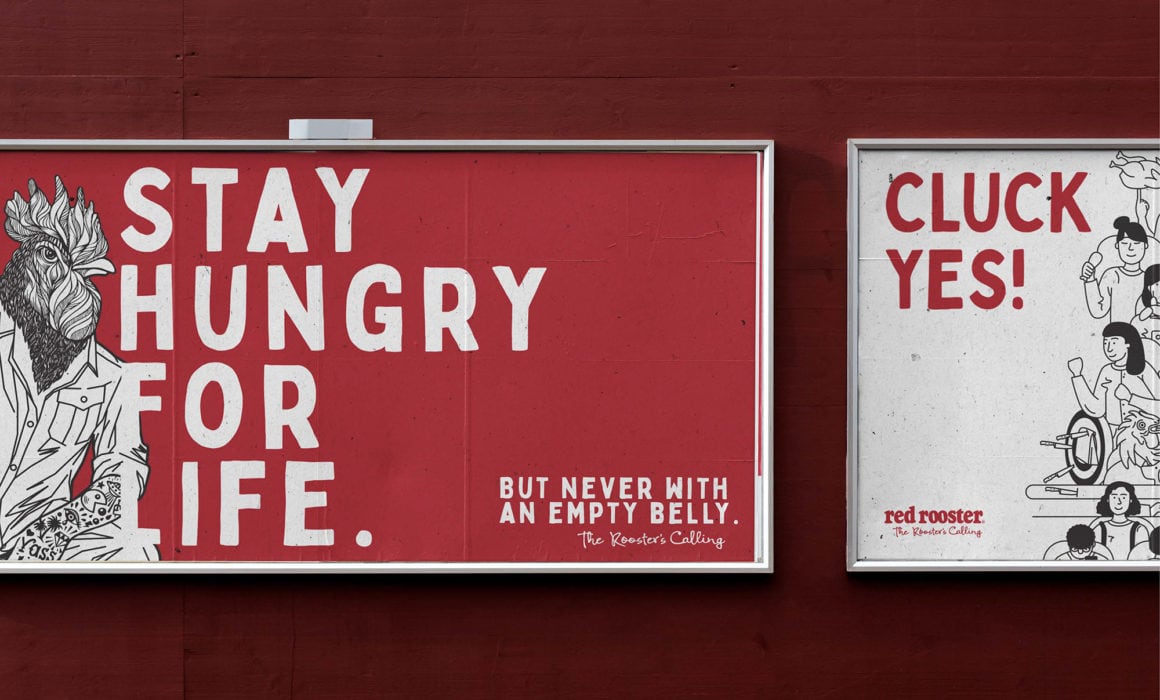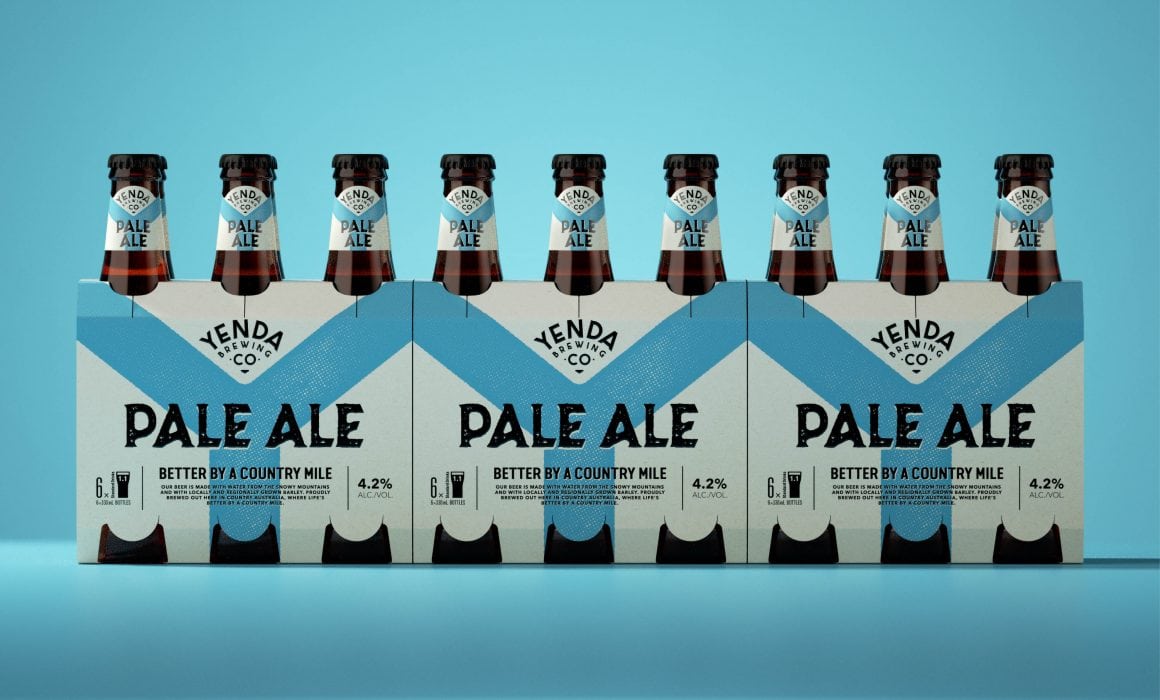Blog: How to elevate beverage brands through the power of distinctive packaging
Branding
Beverage Packaging Agency Sydney
23 January 2023

How to elevate beverage brands through the power of distinctive packaging
The beverage industry — battle of the packs
In the fiercely competitive beverage industry, standing out on the shelf is not just an art; it’s a science. With market share battles intensifying in Australia and a shift in consumption trends, especially among younger drinkers, highly effective beverage packaging is essential for brands vying for consumer attention and brand loyalty. From wine, spirits, and beer to RTDs and carbonated beverages, the right packaging design can elevate new products from zero drinkers to thirst-quenching heroes. Not every product has a million-dollar budget for slick, above-the-line campaigns, so how do you create packaging that does the heavy lifting?
Redefining beverage packaging for a new generation
What’s changing and what’s winning?
A recent Roy Morgan study highlighted the changing alcohol consumption patterns of Australians in 2023. While alcohol consumption is up by nearly 2 points since 2020 pre-covid stats, not all categories in alcohol have continued their pandemic growth surge. That said, the number of regular drinkers has increased by 1 million. Wine has grown by a couple of points, beer dropped 5 points, and spirits dropped a fraction, but the winner in 2023 was RTDs. Staggeringly, consumption almost doubled in the drinking population from 10.8% in 2020 to 21% in Sept 2023. We’ve certainly seen the bottlo and bar fridge landscape changing with more and more Brands of Hard Soda, Seltzers, Spritzers and premixed spirits than ever before. From money-backed major players to agile craft brewers and distillers, a flurry of NPD and new brands are taking up more space in the cold room. BFY (Better for You) beverages in soft drinks and alcohol continue to rise, with Gen-Z and Millennial drinkers chasing less sugar, less crap, NoLo and drinks with benefits. The meteoric rise of NoLo brands like ‘Better Beer’, ‘Heaps Normal’, ‘Seedlip’ and ‘Lyre’ proves the NoLo dollar is worth chasing. Drinkers aged 18-35 are twice as likely to drink NoLo than any other age group. Interestingly, in a 2022 survey published in ‘The Shout’, over a third of regular NoLo drinkers believe their NoLo consumption will increase. Over 50% of the survey respondents said they’d like to see more NoLo products in retailers and venues. The results strongly suggest a high consumer desire for more NoLo product options and that the market will continue to grow. So, what does this all mean for brands looking to grow and cultivate customer loyalty?
Drinks don’t look like they used to
For beer, especially from the craft and independent breweries, loud, vibrant and experimental designs have become the norm. Noticeably, the visual and colour codes that once defined beverage categories are transforming. Traditional design cues and iconography often no longer speak to the younger drinker. But abandoning a robust visual identity in exchange for ever-evolving and experimental graphics can be a reckless strategy if you want to play the long game. Shock and awe design tactics might get you occasional or one-time purchases. Still, they are unlikely to build brand recognition or loyalty without employing strong and distinctive brand assets. The same rules apply, whether it’s a wine brand with multiple varietals and price tiers or a non-alcoholic beverage with products that span several categories in the beverage aisle.
Packaging principles that every brand needs to succeed
Create distinctive brand assets; create return customers
The benefits of ownable and easily identifiable design assets are twofold: Customers recall these brands more immediately, and, in turn, it lessens the friction to the point of purchase. Creating instantly recognisable brand assets and implementing them consistently is vital to driving customer loyalty and increasing market share. From a unique label shape and graphic elements to type treatments and label architecture, you can make your brand easy to find and recall when thirst hits them next. If you look at the GABS’s top 100 list of craft beers, you’ll see the brands featured year after year or have more than one beer in the top 100 all have one thing in common — Immediate recognisable and consistent use of distinctive brand assets.
A good story is always worth telling
Great brands tell stories. You brand names, product names, label copy, and pack design all play their role in telling your unique story. Whether it’s your origins or a fictional tale with ties to your provenance or ethos, tell a story to win hearts and minds with your brand. If you don’t think you have one, you’re wrong. We’ve worked with numerous startup brands who felt the same, but if you delve a little deeper, there’s always the start of one. A well-crafted story can act as a catalyst for a uniquely identifiable brand, pack design and brand assets. Ultimately, it will make your brand more memorable and lead to a stronger, more emotional connection with your customers.
Sustainable packaging solutions: the future of beverages
As international consumer preferences evolve, sustainability in beverage packaging solutions is moving towards the tipping point of niche trend to a market expectation. More brands are showcasing their commitment to sustainability, from recycled glass wine bottles and sustainable label stocks to recycled aluminium cans for carbonated drinks, RTDs and beer. This shift is good for the planet and a new frontier for connecting with eco-conscious customers. In Australia, opportunities to go all-out green continue to improve. Orora, Australia’s biggest supplier of cans and bottles, is passionately leading the way in the circular economy. Their current cans use 60% recycled aluminium — saving 95% of the energy compared to a new can — and bottles made from 70% recycled glass.
Small details can make a lasting difference
In designing Rum Co of Fiji’s rum collection, we used circular economy principles to source label stock made from sugar cane waste. This textured substrate acted as an ideal canvas for the design, adding to its Fijian authenticity with a material tied to rum production. This, along with wood (which stores carbon) and sustainable cork closure, helped to reduce the pack’s environmental impact.
Not all sustainable labels are made equal
If you’re considering switching to a more sustainable label stock, doing your due diligence is essential. Ensure the label stock can withstand temperature changes, condensation, and time in the esky. Otherwise, your environmental win could result in a branding fail, with the label pruning up like a granny in the local pool or, worse still, the label falling off completely and your bottle floating naked, nameless, and unclaimed in the esky.
Change is happening
We’ve all witnessed how fast-food packaging transitioned quickly to more sustainable solutions. Several significant brands made it their business to find better alternatives well before legislation changed. Guzman y Gomez was the first of our clients and the first major QSR brand in Australia to move to compostable packaging and bioplastics. Changes like these helped position Guzman y Gomez as an innovative fast-food brand that genuinely cared, which aligned perfectly with their desire to challenge the status quo in fast food. Gen Z and Millennials continue to look for brands that share these values. Beverage brands willing to do better in this space will win customers and their loyalty. Global innovations in development are becoming increasingly commercially viable, and 100% sustainable packaging solutions are just around the corner, but the industry’s reliance on conventional plastics will not change overnight. NoPla, an innovator in sustainable packaging, has done a lot of R&D in the food beverage space. Their edible clear biopolymer, made from seaweed and entirely biodegradable, supplied water to 38,000 marathon runners. Innovations like this are the pack materials of the future, set to replace conventional single-use plastic with potential applications in bottled water or even energy drinks in the form of shot-sized edible pods. New material and opportunities for new pack forms will present unique new design challenges. While NoPla has developed numerous products ready for immediate application, we don’t think we’ll be drinking Evian from a bladder bag made of seaweed anytime soon.
The Creative Method – innovation by design
Our team, led by Creative Director Tony Ibbotson and Lead Strategist Craig Ham, are some of the most experienced minds in strategy, innovation and beverage branding. Craig was a former WWP agency executive in consumer and cultural insights for FMCG brands across 20 countries and then the lead ideation and innovation planner at Diageo for Asia and Australia. Tony has honed his skills as a designer and creative director on branding, innovation and packaging projects across the UK, Asia-Pacific and the US for Diageo, Pernod Ricard, Lion, Pepsi Co, CCA and Suntory, to name a few. The Creative Method’s approach is results-focused, combining innovation with insight to create packaging that stands out and speaks directly to the consumer’s desires and values. Our portfolio showcases a range of successful projects across multiple beverage categories. We helped establish NZ’s ‘Saint Clair Family Estate‘ as a world-class winery in over 60 countries. We’ve designed disruptive brands like ‘The Marlborough Sun’ tapping into a younger, more adventurous wine drinker to become the No.1 selling wine in a new international market. We created Wild Turkey Rare, a premiumised RTD for Australia’s bourbon aficionados through to developing a pack architecture and suite of brand assets that will allow BFY beverage maker Nexba to jump into new soft drink categories and maintain brand recognition.
Related Articles
Blog: Building A Brand
There is no doubt that we have emerged from the widespread disruption of the pandemic into a new reality – one where the consumer is king. Power has well and truly shifted away from companies as customer choice increases exponentially through online marketplaces. The popularity of food delivery apps and e-commerce platforms has led customers to expect convenience and quality above all else, while social media and online reviews can instantly make or break the reputation of a brand…
Tags

